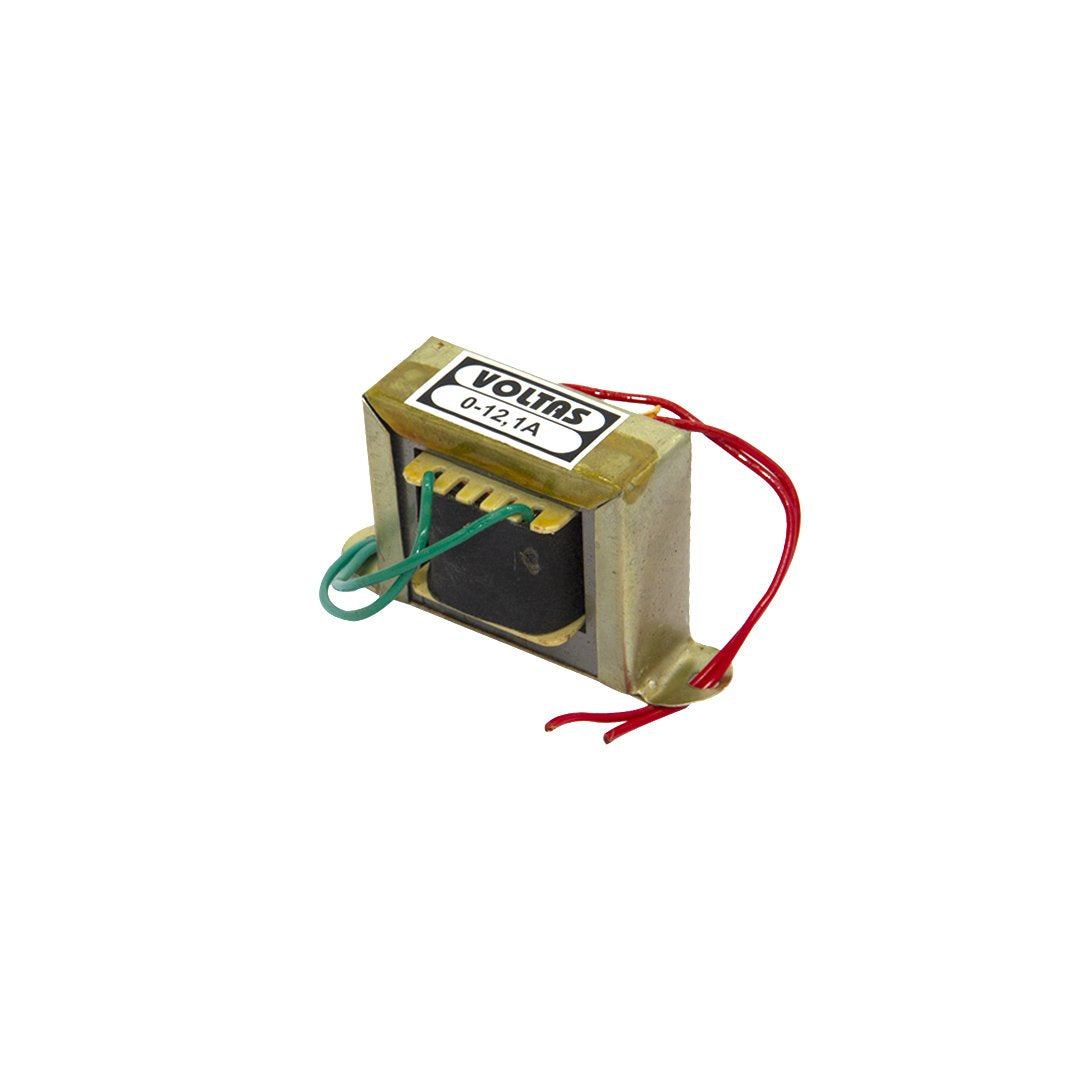In the realm of electronics, transformers play a pivotal role in power distribution, voltage regulation, and signal transmission. These versatile devices have revolutionized the field by enabling efficient energy transfer and facilitating the development of various electronic systems. In this article, we will delve into the intricacies of transformers, exploring their working principles, applications, and advancements in the industry.
- Understanding Transformers:
Transformers are passive electrical devices that consist of two or more coils of wire, known as windings, which are linked by a magnetic field. They operate on the principle of electromagnetic induction, where alternating current (AC) in one winding induces a voltage in the other winding. This phenomenon allows for voltage transformation, isolation, and impedance matching, making transformers indispensable in numerous electronic applications. - Types of Transformers:
a. Power Transformers: These transformers are commonly used in power distribution networks to step up or step down voltages, ensuring efficient transmission and utilization of electrical energy. They are crucial in delivering electricity from power plants to our homes and businesses.
b. Distribution Transformers: Found on utility poles or in substations, distribution transformers further step down the voltage for local consumption. They ensure safe and reliable power supply to residential and commercial areas.
c. Instrument Transformers: These transformers are used for measuring and protecting electrical systems. Current transformers (CTs) accurately measure current, while potential transformers (PTs) measure voltage. They are vital in metering, control systems, and protective relaying.
d. Audio Transformers: These specialized transformers are employed in audio equipment, such as amplifiers and speakers, to match impedance and ensure optimal signal transfer, resulting in high-quality sound reproduction.
- Advancements in Transformer Technology:
a. High-Frequency Transformers: With the rise of high-frequency power electronics, transformers capable of operating at higher frequencies have become essential. These transformers are designed to minimize energy losses and improve efficiency in applications like renewable energy systems and electric vehicles.
b. Smart Transformers: Integrating advanced monitoring and control capabilities, smart transformers enable real-time data collection, remote diagnostics, and self-healing functionalities. They enhance grid stability, optimize energy distribution, and contribute to the development of smart grids.
c. Resonant Transformers: Resonant transformers utilize resonance phenomena to achieve high efficiency and reduce switching losses. They are commonly used in high-frequency power converters, such as induction heating and wireless power transfer systems.
- Future Trends and Applications:
a. Transformer-less Power Supplies: As power electronics continue to evolve, the demand for compact and efficient power supplies without traditional transformers is increasing. These transformer-less solutions offer advantages such as reduced size, weight, and cost, making them suitable for portable devices and space-constrained applications.
b. Superconducting Transformers: Superconducting materials, with their ability to carry electric current with zero resistance, hold great potential for transforming the power industry. Superconducting transformers can significantly reduce energy losses and increase power transmission capacity, paving the way for more sustainable and efficient electrical grids.
Conclusion:
Transformers are the unsung heroes of the electronics industry, enabling efficient power distribution, voltage regulation, and signal transmission. From power grids to audio systems, their impact is felt in various domains. As technology advances, transformers continue to evolve, embracing new materials and designs to meet the ever-growing demands of the modern world. By understanding the principles and applications of transformers, we can unlock their full potential and drive innovation in the field of electronics.


